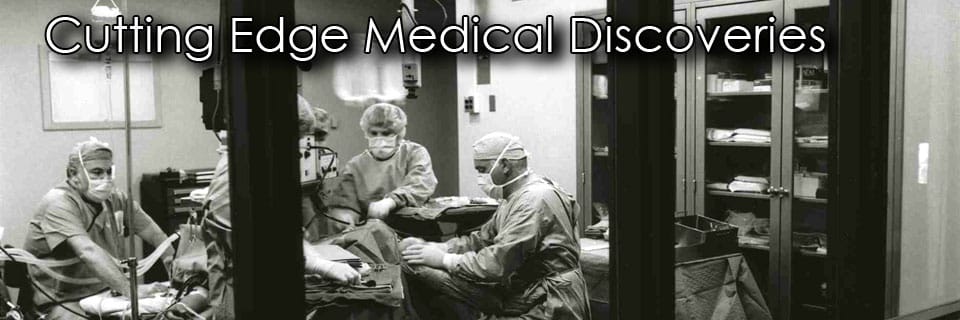9/14/12 There must be a stop put to the head trauma in football. Several years ago I wrote the NFL about this, suggesting a simple solution that I thought everyone would understand; No hitting with the head and no hitting in the head. I did not get a response. The problem continued and now has escalated and surfaced publicly. Still the practice goes on at all levels. The practice of “Spearing” is illegal, but rarely penalized. It is common practice and probably is taught to “put your helmet on the ball” so as to cause a fumble.
The risks are to both player’s head and neck in this type of collision. The player rendering the blow cannot be so naive to think the laws of physics have been suspended when he hits with his helmet. “For every force there is an equal and opposite force.” His head and brain are inside that battering ram. It is not just the helmet stupid, it is your brain or spinal cord.
Since nothing has worked so far, a stronger penalty must be instituted for this action. Since instant replay is so available and there is precedent for identifying “irrefutable evidence” by video in football, I suggest the following method of penalizing such action.
THE SOLUTION: A video referee will monitor all plays where a player hits with his head to another player’s head throughout each quarter of the game. Since there is a hiatus in play at end of each quarter and the game, this referee announces one penalty point subtracted from the team’s score for each such incident. At the end of a close game the outcome will be known in matter of seconds. Another method would be to have the penalties and score adjustment instantaneously projected on the scoreboard.
Since this suggested rule would affect the score, the practice of hitting with the head will stop. 15 yard penalties and game ejection has not been enough. It will be a passive restraint to such action. when introduced it will stop the practice of hitting with the head from being taught. It will instill blocking and tackling methods that avoid such incidents. In my profession this suggestion would be considered PREVENTIVE MEDICINE.
